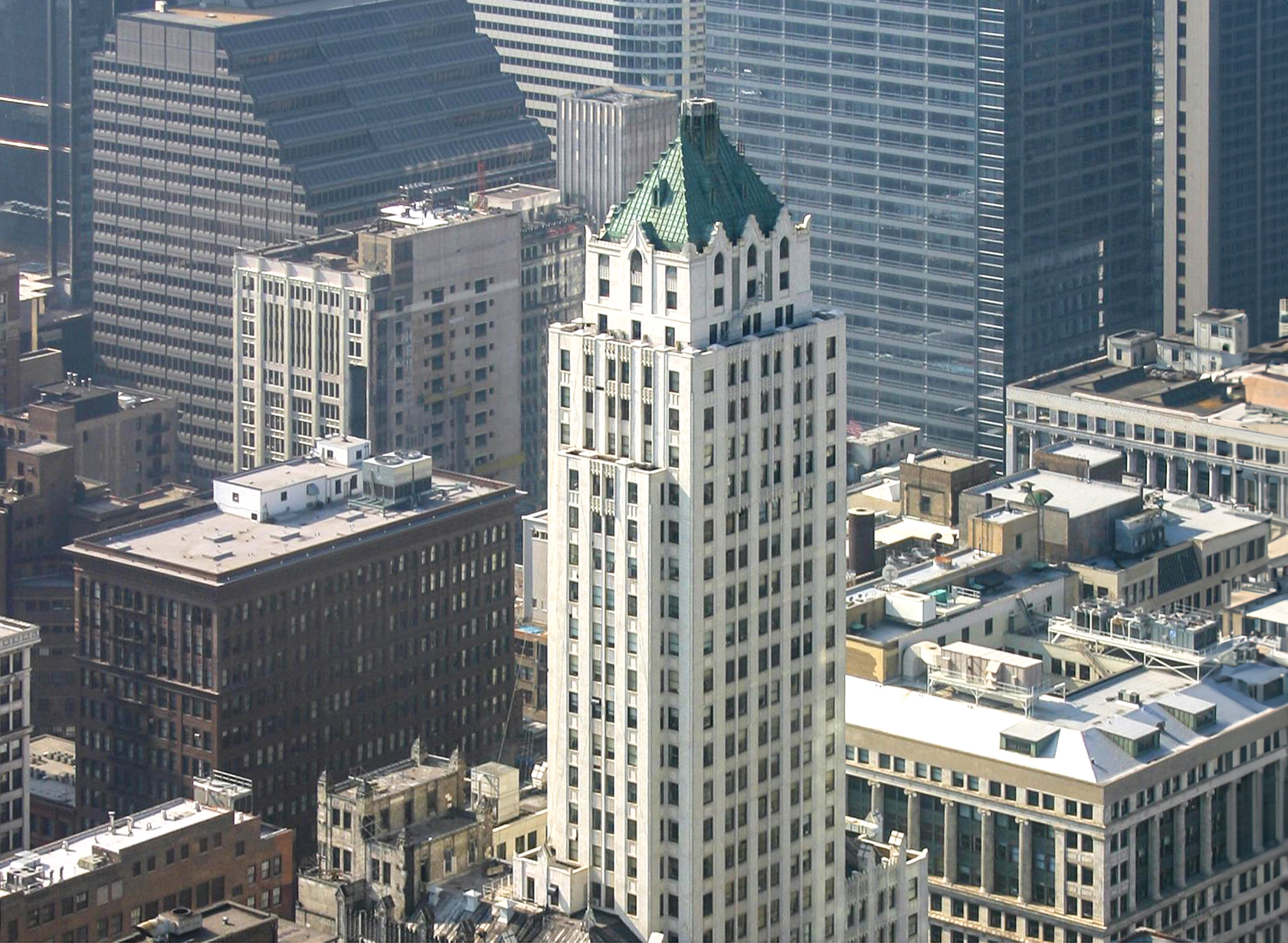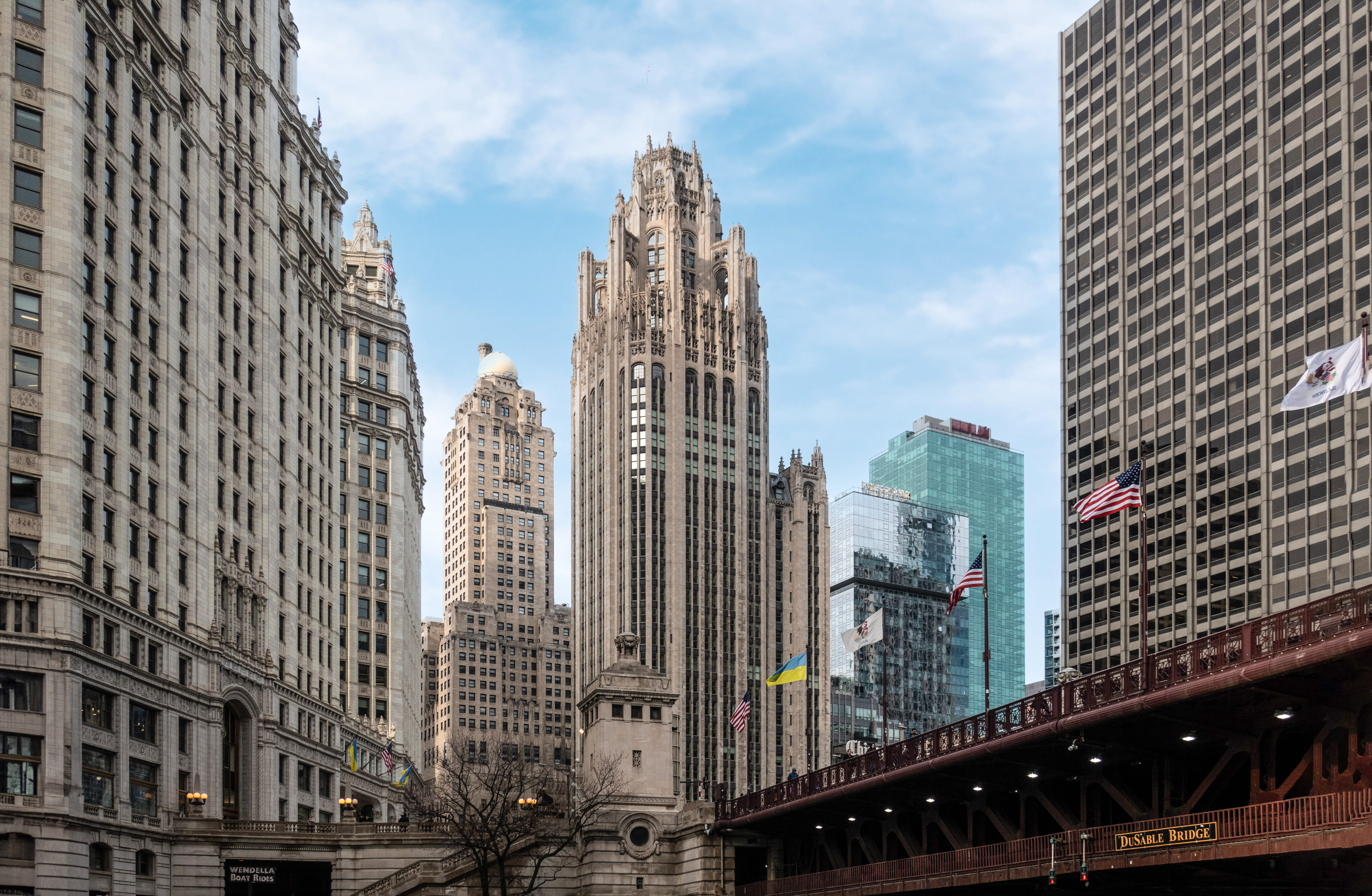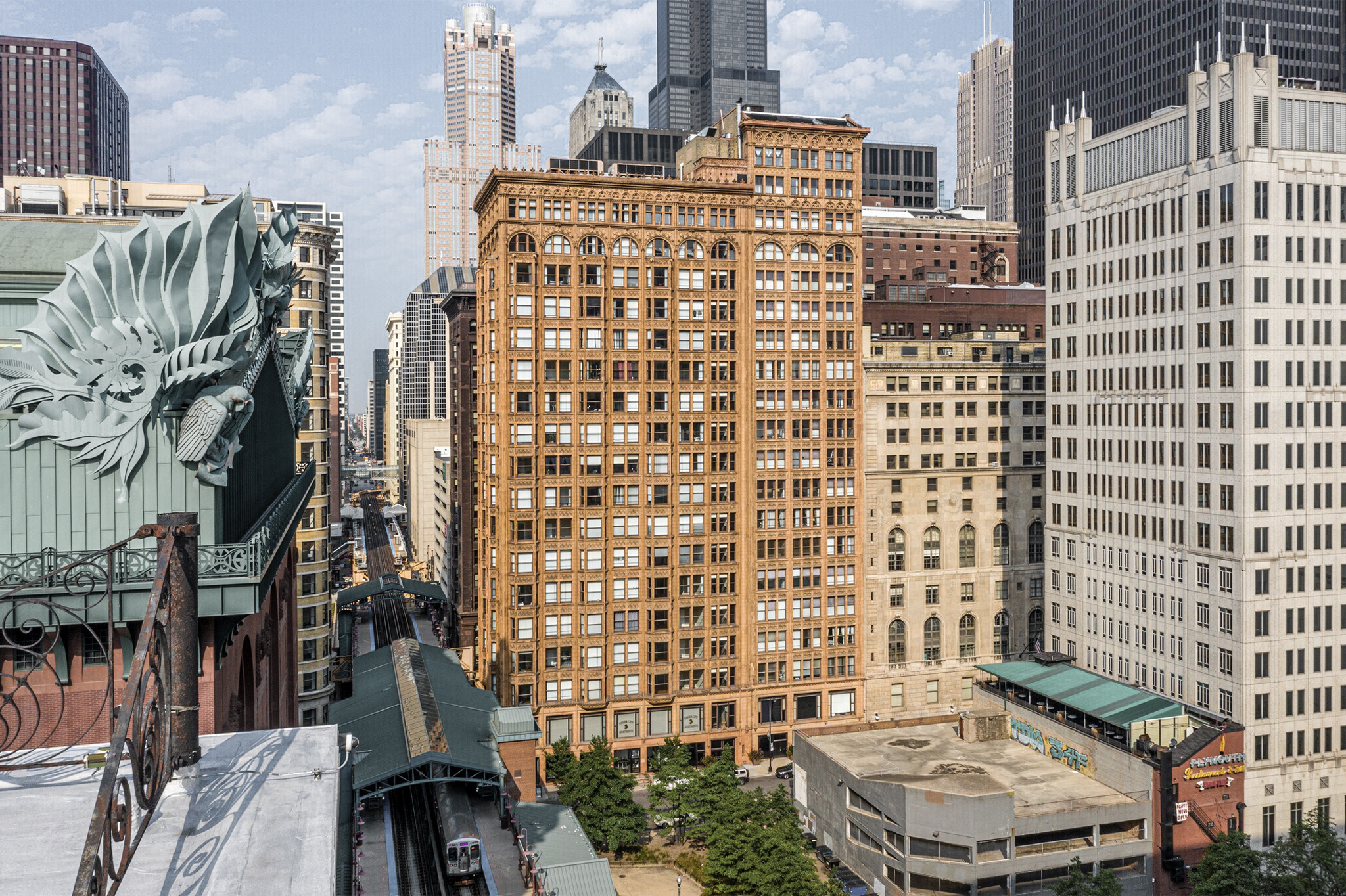The Randolph Tower is a Neogothic skyscraper designed by Karl M. Vitzthum, and built in 1929, for a reported $3.50 million dollars, in Chicago, IL.
Randolph Tower is not the only name you might know this building by though. The building is, or has also been known as Steuben Club Building.
Its precise street address is 188 West Randolph Street, Chicago, IL. You can also find it on the map here.
The building underwent a major restoration between 2011 and 2012.





